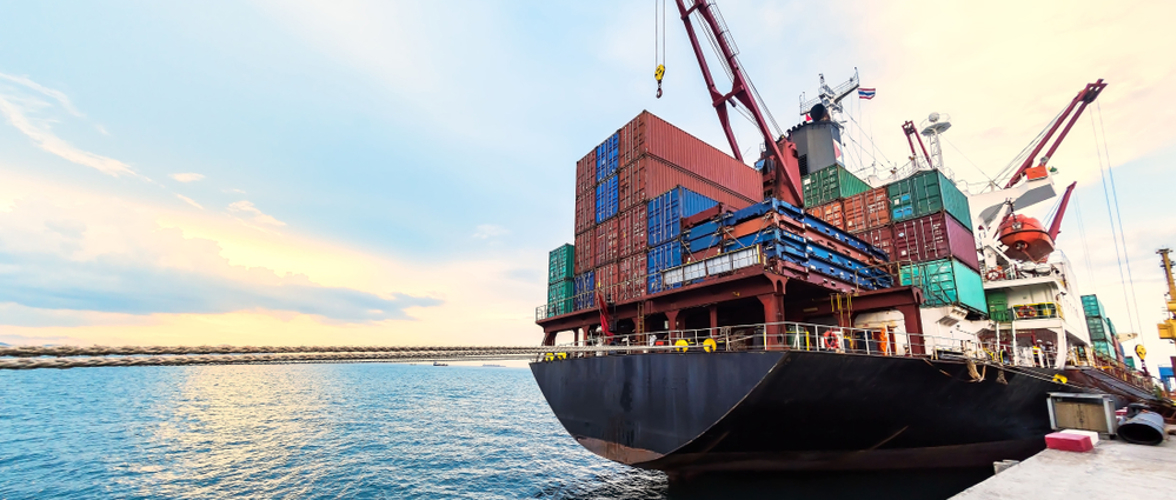Amazon represents one of the largest corporate success stories in the 21st century, from their relatively humble beginnings as an online book retailer to their present ubiquity in the ecommerce space. Recently expanding into Australia, the group is now looking to replicate that success down under.
Amazon’s three major Australian firms
Amazon has three major subsidiaries operating in Australia:
- Amazon Web Services Pty Ltd (AWS)
- Amazon Commercial Services Pty Ltd
- Amazon Corporate Services Pty Ltd
The subsidiary that most people are likely familiar with is Commercial Services, which oversees Amazon’s online retail store operations in Australia. The company has yet to turn a profit since launching in Australia in late 2017, but has recorded significant annualised revenue growth of 300.0% over the three years through December 2020.
The Web Services arm of Amazon’s Australian operations is slightly more mature, following a launch in 2012. Their earnings follow a similar, if not more subdued, trajectory, having grown at an annualised 54.0% over the same three-year period. According to Amazon’s latest annual statements filed with ASIC, the principal function of AWS Pty Ltd is providing marketing support services to related entities, as well as other professional and training services to third parties.
Amazon Corporate Services Pty Ltd states their principal activity is the operation of Amazon data centres for related parties. Their financials tell a similar growth story as AWS’s, but have seen the most consistent profit of the three subsidiaries.

Pandemic silver lining for retailers
It's no surprise to anyone this far into the COVID-19 pandemic that online retailers have been some of the pandemic’s big winners, outpacing their brick-and-mortar counterparts. It would be unfair to say that the likes of Woolworths Group, JB Hi-Fi and Wesfarmers have languished, however. While these retailers have faced restricted trading and general uncertainty brought about by the pandemic, the effects on the bottom line have largely been offset by increased consumer spending on retail goods in lieu of travel and hospitality purchases. As a result, the Consumer Goods Retailing subdivision in Australia grew by 11.0% in the 2020-2021 financial year. However, easing restrictions will likely push consumer spending back towards hospitality, tourism and other entertainment sectors in the current yea, with the subdivision’s revenue expected to fall by 1.6% in 2021-22.
Wage concerns
While Amazon looks poised to continue growing at pace in Australia, there are some other factors worth considering that may put a damper on their ambitions. The question of how wages will impact overheads moving forward is of particular note. Amazon’s retail operations have in part become so successful by leveraging their slimmer overheads to deliver lower prices to the consumer. These practices have undercut bricks-and-mortar retailers, who historically have higher operating costs. Amazon’s growth could be somewhat stymied as wage growth starts returning to pre-pandemic levels in Australia and regulators look more closely at the ‘gig economy’, which Amazon relies on for Amazon Flex, their last-mile delivery service in Australia.
Flex wages under examination
The Victorian Parliament has taken a close look at how Amazon remunerates their Amazon Flex on-demand workers. Amazon Australia executives fronted the Select Committee on Job Security in June of 2021, amid questions regarding whether the company was abiding by the award wage for owner-drivers.
At present, Amazon Prime deliveries in Australia are delivered within two days – unlike in the United States, where Prime purchases are typically delivered within 24 hours. Amazon has increased its reliance on Flex drivers to provide delivery seven days a week, If the company rely on their Flex model further, to decrease delivery times and emulate their US operations, tighter regulation could pose complications to an otherwise reasonably optimistic outlook for the American giant’s operations in Australia.
IBISWorld industry and company reports used in this release:







